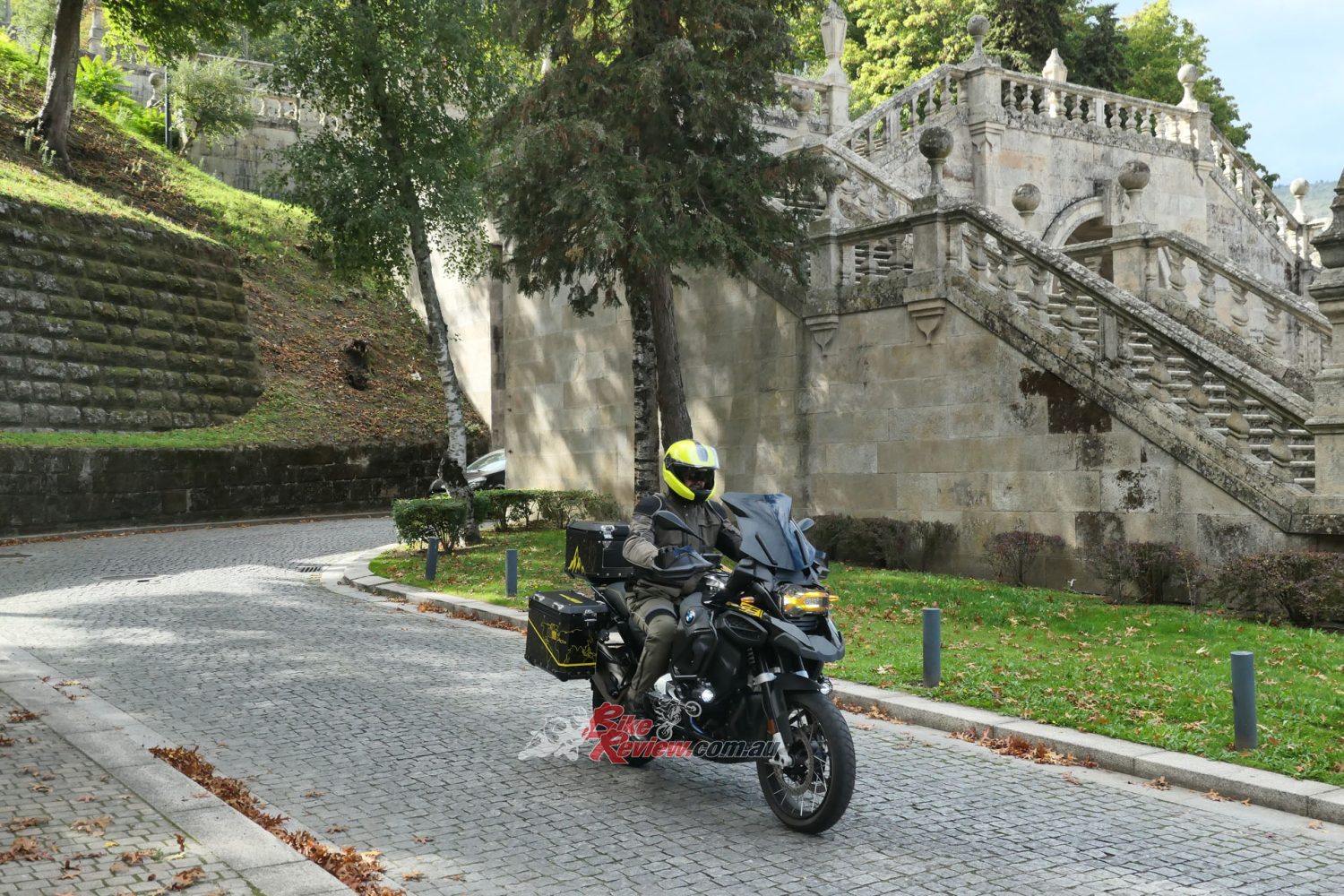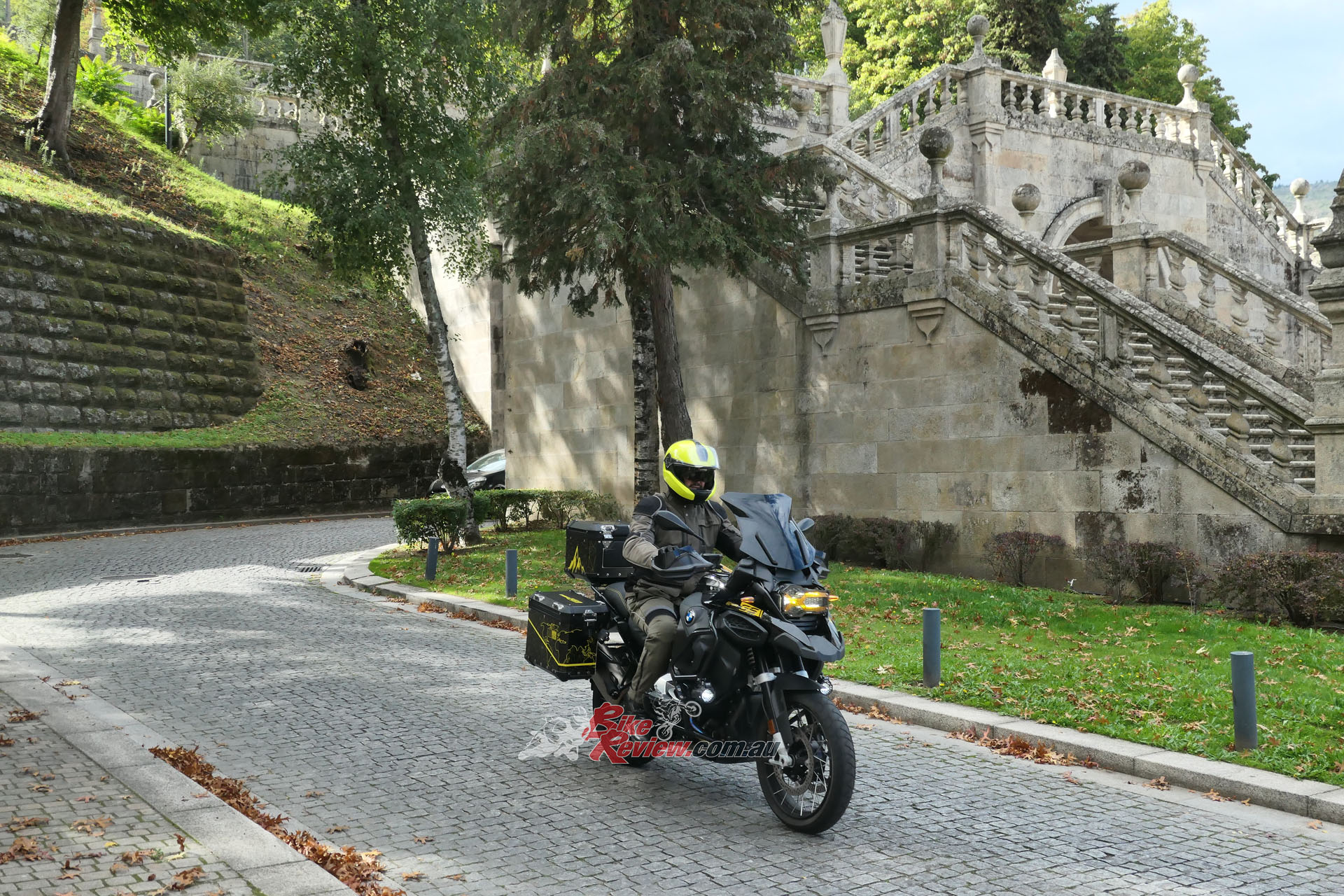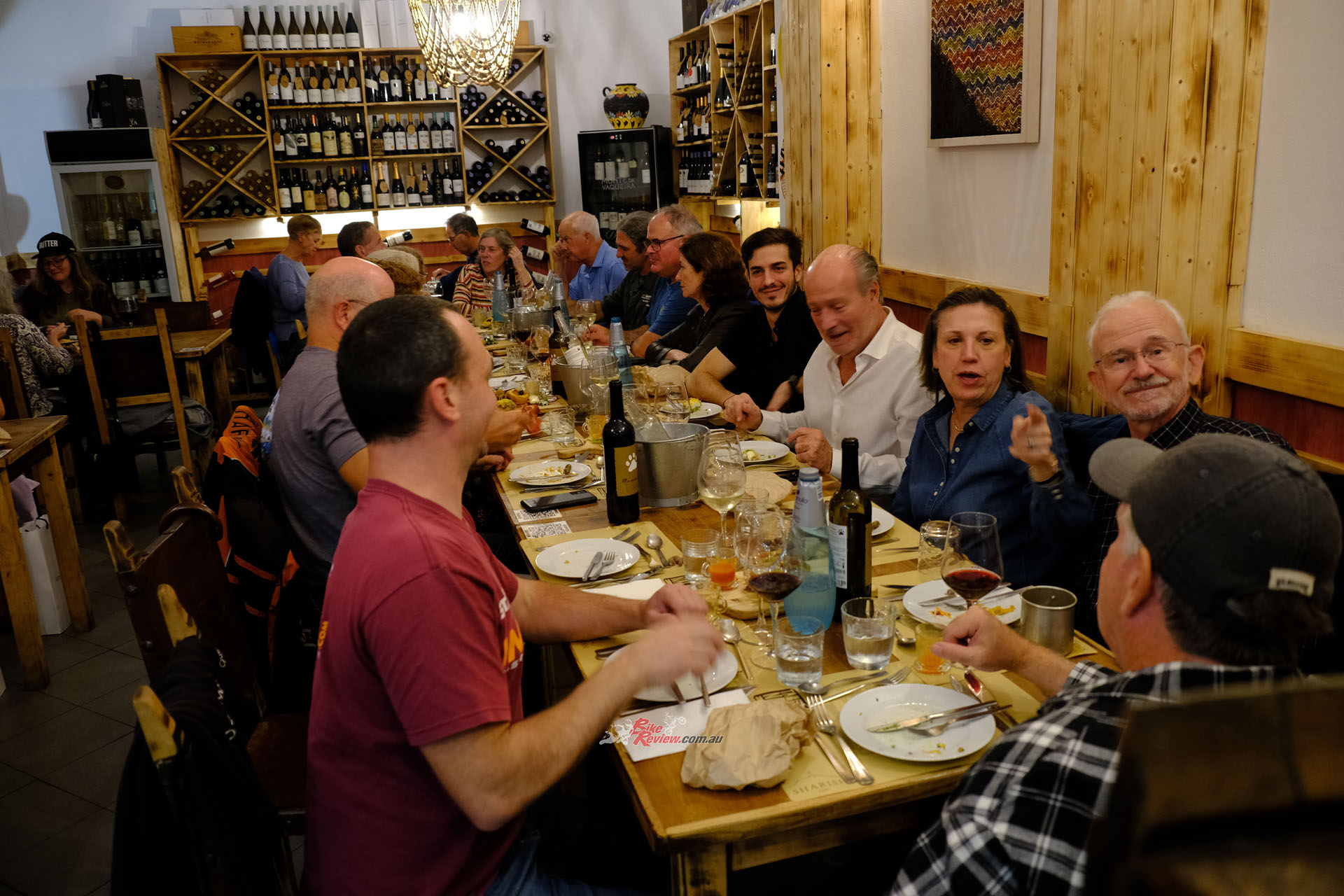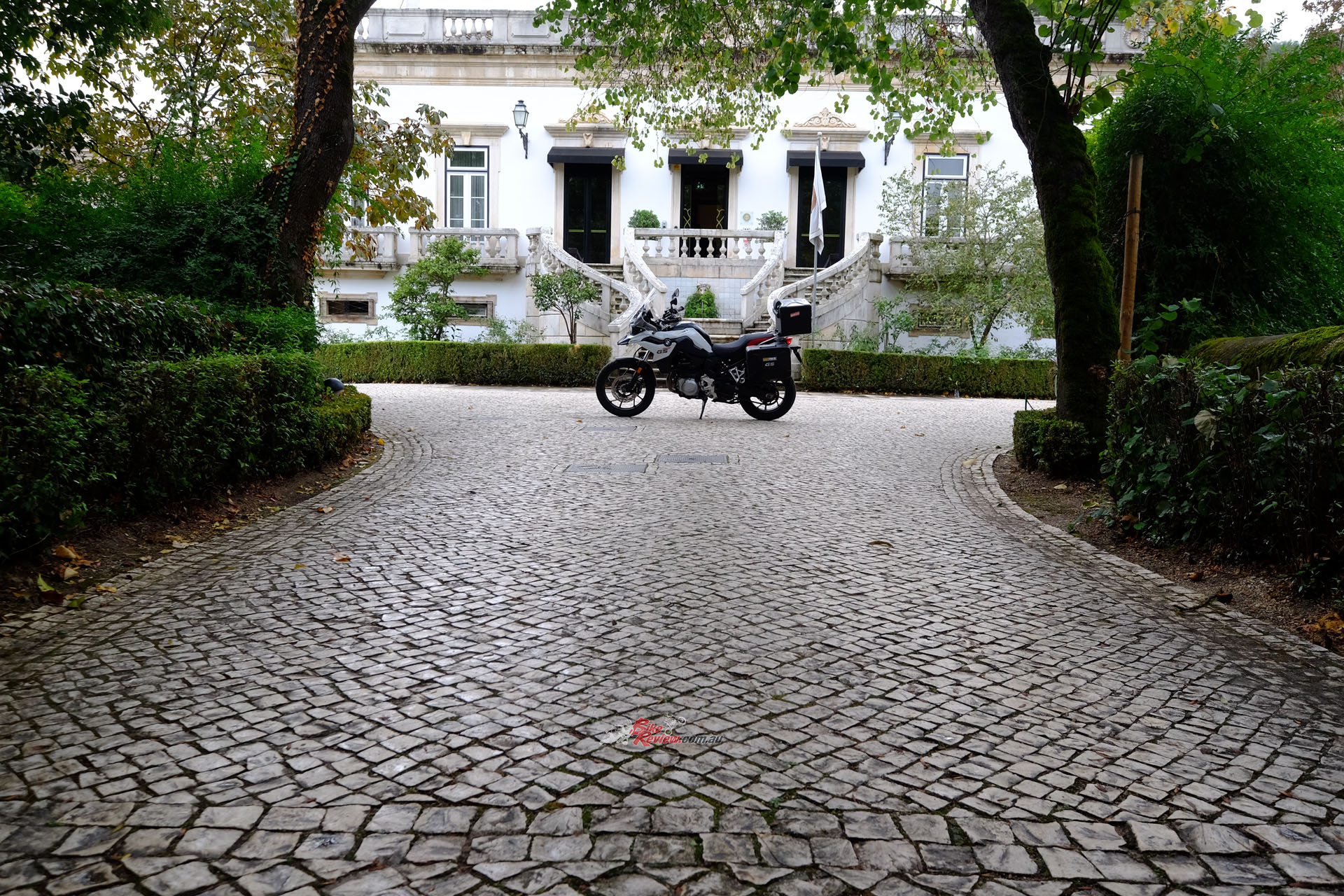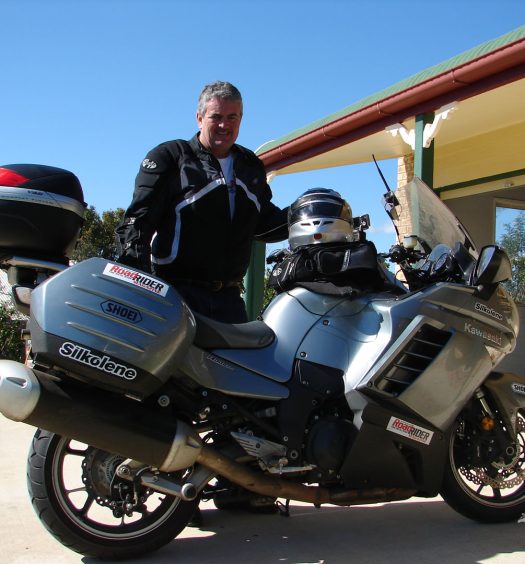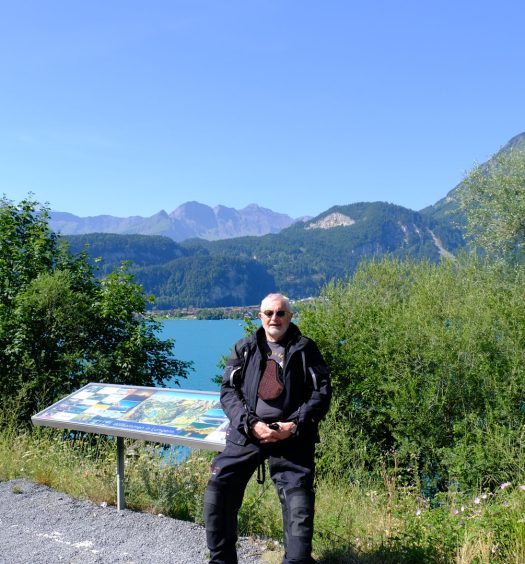The Bear has just completed a bike tour in Portugal! It's safe to say that it's a seriously underrated country. Check out what he thought of his awesome trip... Words & Photos: The Bear.
Portugal – a great slice of the Iberian Peninsula, it’s a bit of a rare destination, but it shouldn’t be. It’s a seriously beautiful country with plenty to see, even better on an adventure bike to travel some of the roads others don’t get the chance to see…
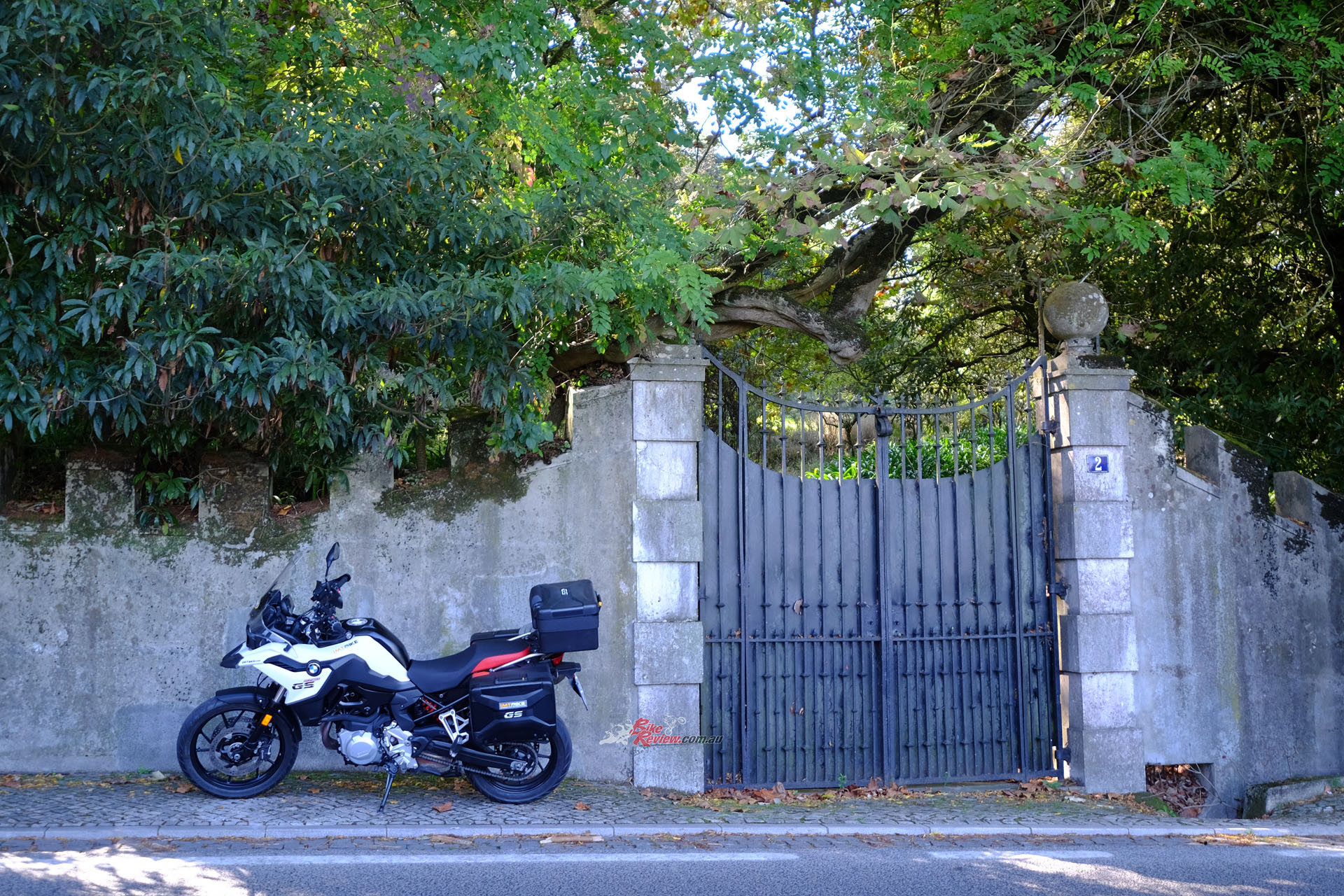
Portugal – a great slice of the Iberian Peninsula, it’s a bit of a rare destination, but it shouldn’t be.
One of the things that riding in Portugal shows you is how much the place has been shaped by war. Not in a bad way, either, it just means that there are lots of walled cities and castles to admire, and stay in.
Stay up to date with The Bear’s travels here…
The Moors, Muslims of Northwest African mixed Arab and Berber descent, conquered most of the Iberian Peninsula including Portugal beginning in 711 CE. Much beautiful Moorish architecture remains in both Spain and Portugal after their defeat in the European reconquest by Castilla y Leon’s King Fernando I, beginning in 1035. Despite Portugal being at the western extreme of Europe, the Crusades, which began in 1096, had a lot to do with the country’s many castles – often built by the Order of the Knights Templars.
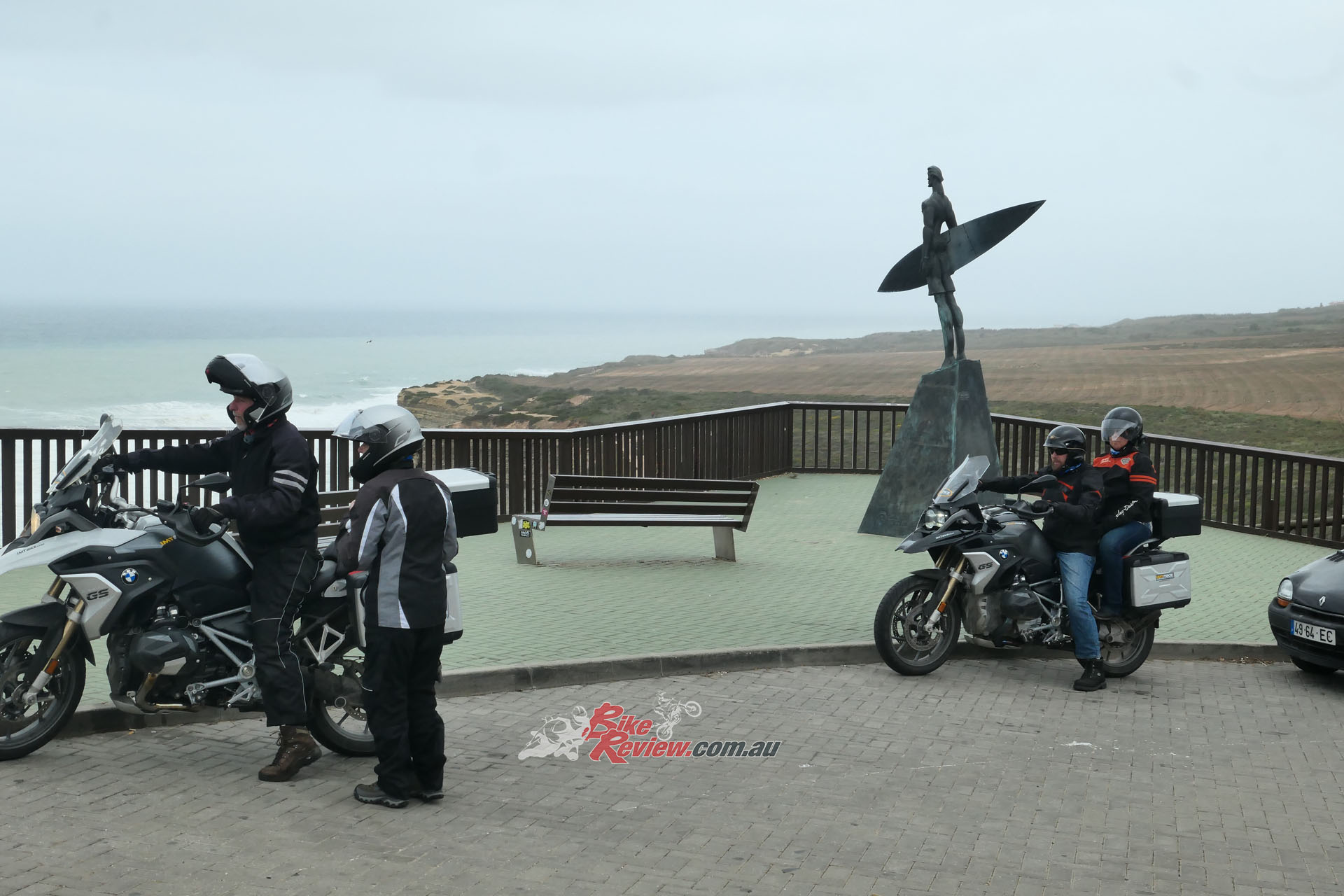
Physically, Portugal is a network of low mountains cut by river canyons and surrounded by fertile plains.
Physically, Portugal is a network of low mountains cut by river canyons and surrounded by fertile plains. That makes for good corners and faster riding on the flats, although there do seem to be a lot of radar cameras. Oh, and you can ride or drive to the very top of the country’s tallest mountain, which we did on my IMTBIKE.com “Essence of Portugal” tour.
“One of the things that riding in Portugal shows you is how much the place has been shaped by war. Not in a bad way– it just means that there are lots of walled cities and castles to admire…”
A lot of the corners are a leftover from days when the country was kind of poor, and traffic engineers could not afford a lot of earth-moving and so followed the cheapest route. Portugal, rather like Norway, has only recently come into money (although in this case it arrived courtesy of the EU, not oil discoveries) and while roads have generally been improved, their alignment has not been much changed. Best of both worlds for motorcyclists.
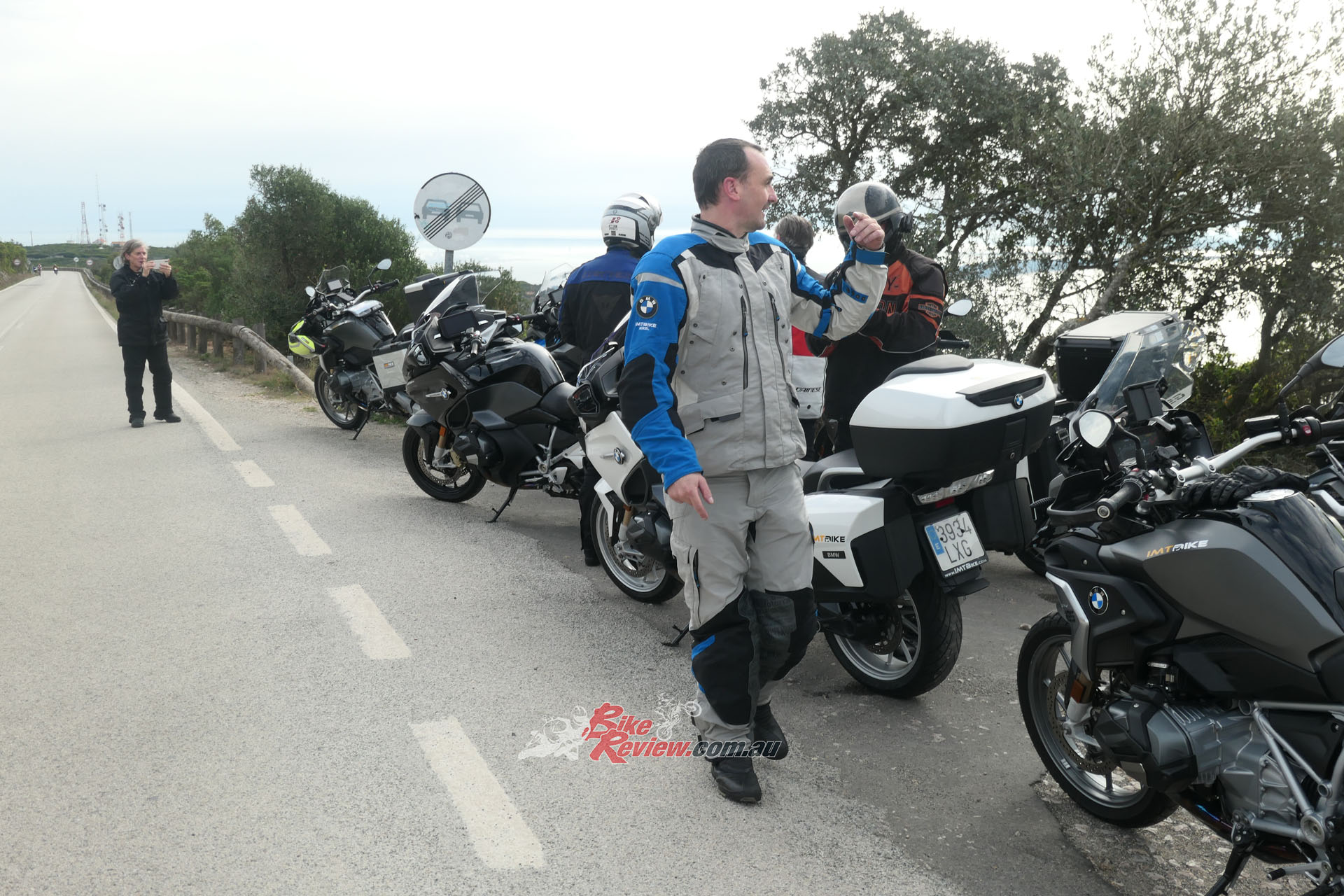
Peter went with the IMTBIKE “Essence of Portugal” tour. If you go to their website they have plenty of choice for trips around the world.
Our guides were Roger from Barcelona and Mikel from the Basque country; and there was Paulo, the perpetually cheerful Lisbon IMTBIKE agent from whom we collected the bikes and who turned out to be from Timor, with his family scattered all over Australia.
A lot of the corners are a leftover from days when the country was kind of poor, and traffic engineers could not afford a lot of earth-moving and so followed the cheapest route.
The word ‘bustling’ might have been invented for Lisbon, Portugal’s capital city. Despite the enthusiastic traffic, we made it to the Ponte 25 de Abril, the older and shorter (but still impressive) bridge across the Tagus estuary to the south, without losing anyone. That was a good omen for the ride. We had the first taste of what was to become a bit of a theme for the ride: roundabouts. Seems the Portuguese just love them and put them everywhere.
Our only experience with road tolls was pretty funny. The allegedly automatic toll gates refused to accept some credit cards, and some riders were a bit too keen and crowded their lane which led to protest shutdowns by the card readers. Mikel had to go back and do some sorting out.
Once past the short run on the tollway, we were on our way to one of the highlights of the tour, an excellent road over the steep mountains of the Serra da Arriba natural park. With lots of corners and views over the Bay of Setubal this was clearly a popular road for Lisbon riders who found our relatively relaxed pace a bit of an obstacle. After a coffee stop – coffee is good all over Portugal — a short ferry crossing took us to our first lunch stop.
Our first overnight stop was Evora with its amazingly long and well-maintained city wall. The hotel was the modern Aqueduto, true to its name near the ancient 9km aqueduct, with a well (sorry) preserved, glass-covered well in reception. It was tucked into a corner of the amazingly long city wall.
It was a 300km run almost straight north the next day, first through more agricultural country with a lot of cork oaks by the side of the road and then through hilly scrub and pine forests on alternatively narrow and wider roads with corresponding corners to our overnight stop in the scenic and beautiful Serra da Estrela mountains.
The next morning found us riding through unexpectedly rugged mountain scenery on a wonderful bike road up to Portugal’s highest point, Torre. It reaches just under 2000m, and Mikel noted that “they built a tower on top to make up the difference so they could say it’s 2000m!” We were in the clouds at that height, but the fog didn’t last long, and we enjoyed the opportunity to tackle some serious corners.
On the way to Porto, the home of port, we struck rain. A quick stop to change into wet weather gear and we were off through sometimes six-inch deep dirty water. No big deal; a comfortable hotel overlooking the river and Porto’s many bridges was waiting for us. We had a “rest day” in Porto, which usually means an exhausting walk around the town. Not bad; but I liked other Portuguese towns better – like Coimbra, where we stayed the next night.
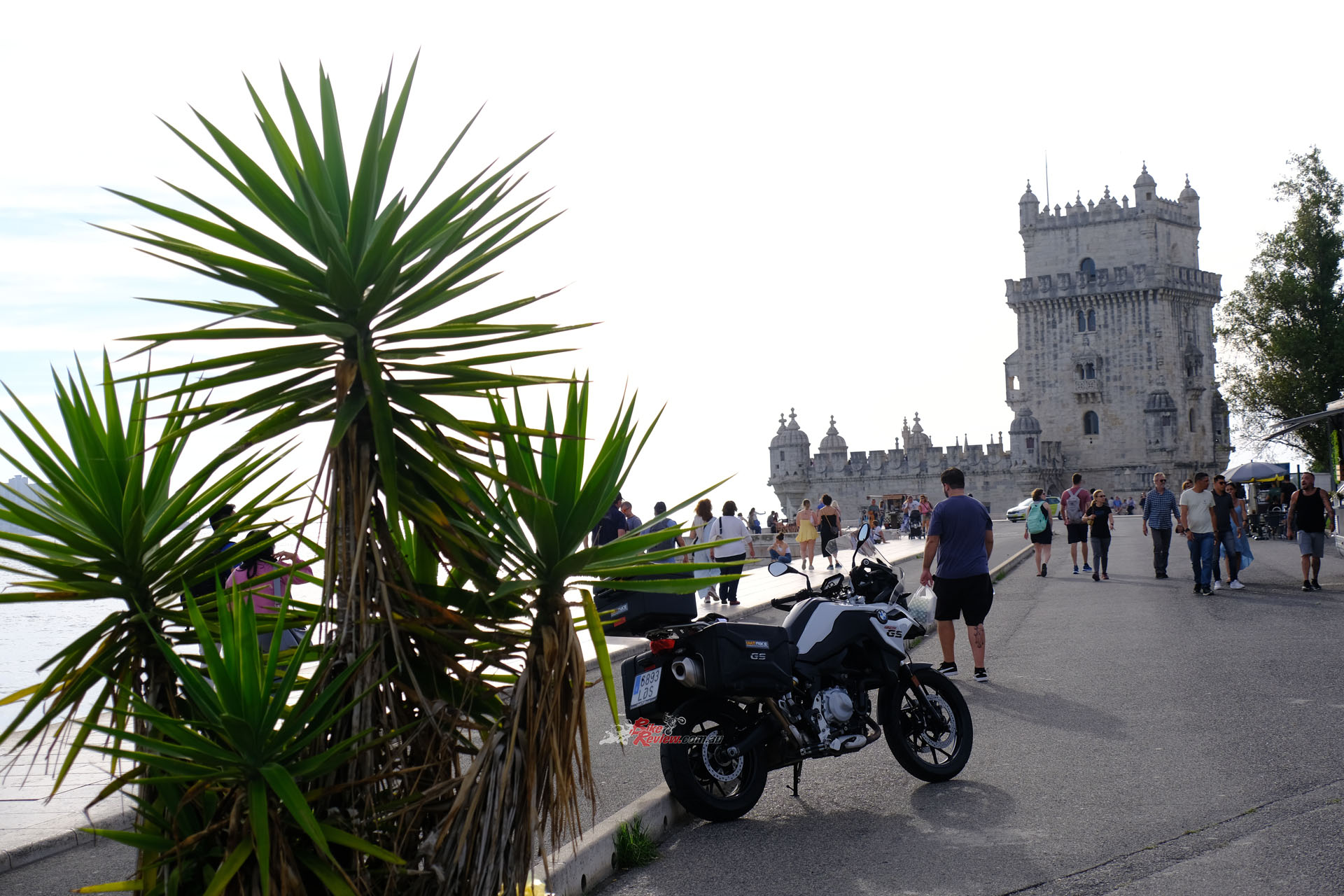
Most of the scenes here look like something out of a movie! It’s crazy to think how long ago these were made.
Another day of twisting back roads and crossings over deep river valleys took us to Tomar. This was one of the main bases of the Knights Templar in medieval days. Their castle above the city, built with input from the defensive science of the Moors, is a particularly pleasant place with carefully maintained gardens setting off the sheer walls. The Castillo de Tomar feels as if it could come back to life with battle-hardened knights strolling through its lanes. An interesting plaque at the castle described the Templars as “shock troops” of the Vatican.
“The Castillo de Tomar feels as if it could come back to life with battle-hardened knights strolling through its lanes.”
We headed for Caldas de Rainha when we left Tomar, and it bucketed down. We sought refuge under a roadside café’s awning and watched – yes, in awe – while an Atlantic Ocean front dumped its contents all around us. The road disappeared under a brown flood, but then suddenly it was all over and we were back out there. Past Sintra, whose steep roads I had explored a few days earlier by myself, we turned towards the coast and Cabo da Roca, continental Europe’s westernmost point. That night we were back in Lisbon after eight days on the road, seven of them riding. A really good tour, good planning and excellent guides as well as top quality BMW motorcycles. And while it’s quite a way from Australia we did have a couple from Perth, Anita and Tony, on this tour. I can only recommend it, and I’d be very happy to go riding with IMTBIKE again, in Portugal or elsewhere.
Editor’s Note: If you are reading this article on any website other than BikeReview.com.au, please report it to BikeReview via our contact page, as it has been stolen or re-published without authority.


